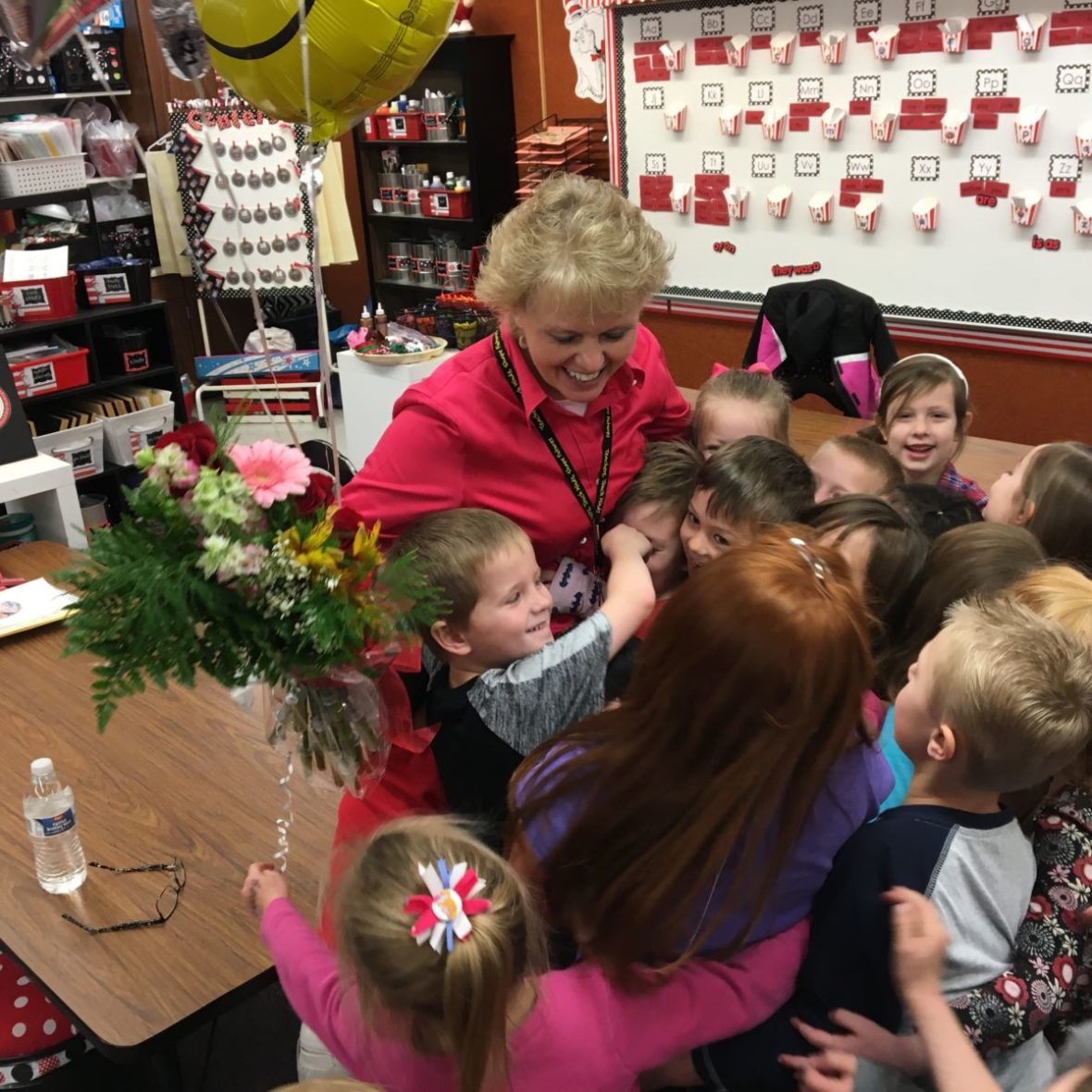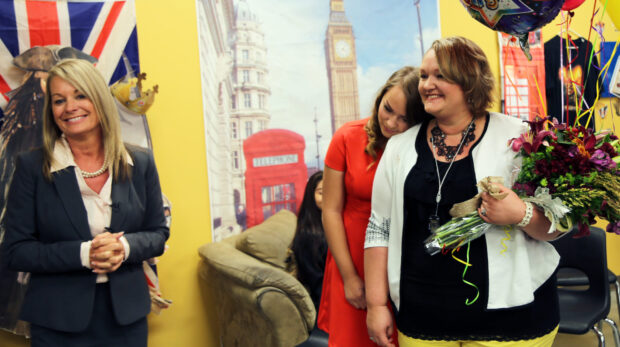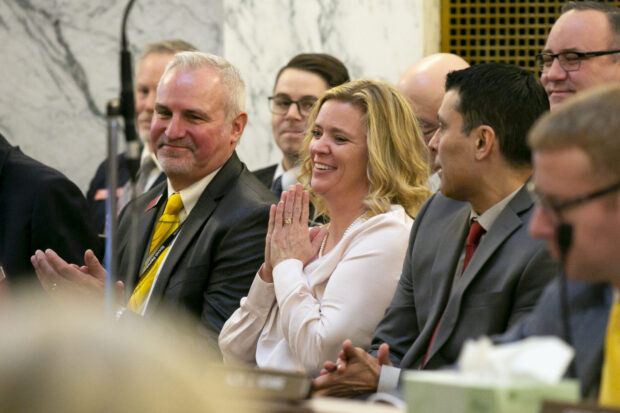
Mary Spiker, Idaho’s 2017 teacher of the year, had her birthday a few weeks ago.
When her husband asked her what she wanted, she cried.
“I just want to see my kids,” the first-grade teacher said.
Idaho’s recent teachers of the year shared the technical — and emotional — struggles of distance-learning with State Superintendent of Public Instruction Sherri Ybarra in a webinar Wednesday, as well as the strategies they’ve learned to foster learning and morale.
Three teachers, representing three different districts across the state, stressed their challenges with connectivity, the importance of empathizing with students’ individual circumstances and why summer learning will be critical this year.
Lack of access to reliable internet
Internet connectivity has been a hurdle from Caldwell to Blackfoot to Rathdrum.
In North Idaho, where 2020 teacher of the year Stacie Lawler teaches physical education, hills and mountains interrupt internet connectivity. When she video-chats with her middle-school students, many of them are in cars, parked wherever their parents could connect to good internet.
Twelve of the 19 students in Spiker’s first-grade class in Blackfoot can only access the internet through their parents’ phones.
In more urban Caldwell, Vision Charter School teacher Becky Mitchell said many of her kids also don’t have good internet access. Some families have multiple students working online, which overloads wifi networks. Others are doing homework on their cellphones to access internet through data.
Those statewide challenges are sobering reality as Idaho’s districts consider blended learning next fall and the state discusses purchasing a statewide learning management system. Ybarra estimates 30 percent of students have gaps in their internet or technology access.
Mitchell said she hopes the state, federal relief money, and Idaho businesses can pitch in to help improve students’ connectivity.
“It’s what’s going to ensure that every student gets an equal chance to learn,” she said.

New approaches to distance learning
To connect with students in the past few months, teachers have adopted new strategies.
Lawler started shooting videos of herself — walking the dog, drinking water, going on a run — and posting them on Instagram in the hopes of keeping her students active.
“I thought, if my kids can see me doing something they’ll be inspired, maybe,” she said. “They can run faster than I can, or they can do a better dance.”
Mitchell, who works with high school students, said she discovered that one way to help motivate hard-to-engage students is to put them in a group with their friends.
“Let’s be honest, they’ll answer a text from their friend before they answer an email from their teacher,” Mitchell said. “I deliberately put them in a group with somebody who is their buddy, and suddenly I was getting work from them. It was miraculous.”
After formal distance-learning ends this spring, the teachers urged parents to keep their kids engaged with some kind of summer school to try and make up for learning lost to the pandemic — and to better prepare for the year ahead.
“Really look at it as front loading those skills for next year, rather than intervening in last year’s skills, so they are ready and prepared to begin at the start of the next school year,” Spiker said.

Distance brings new emotional impacts and insights
Lawler had a hard time understanding her stress levels when the pandemic first struck. As she processed her feelings, she realized the factors that weighed on her.
She doesn’t feel safe, at a time when even going to the grocery store could threaten her wellbeing. She’s missing her students, and isn’t satisfied seeing her class over video.
She’s struggling with morale, as are other teachers and students. That’s OK, Lawler said. And it’s OK to talk about.
“We need to give ourselves some grace. We’re just going to do the best we can right now,” she said. “There will be brighter days.”
Mitchell says the distance learning has given her a better understanding of her students’ home lives. Some kids are taking care of siblings. Others are working multiple jobs.
Those insights help her understand how valuable it is to have time with them in a classroom.
“Our students need a safe and dedicated place to learn, and often their homes are not that place,” she said. “I will be more sensitive and more empathetic to the fact that I need to make sure that I am capitalizing on my time with them — because that might be the only learning time they have.”
